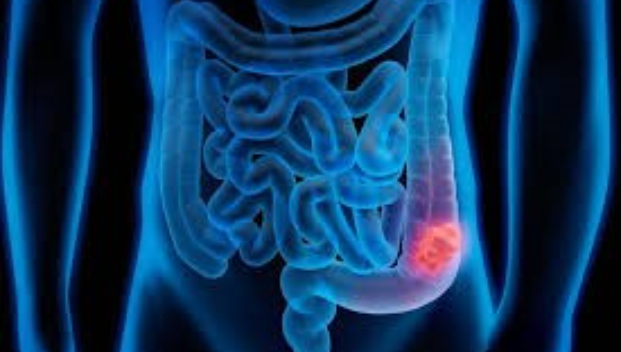The developed project is an attempt to indigenize, Upper-Air Sounding System used by different agencies requiring the upper air data (temperature, pressure, humidity, wind speed and wind direction), including meteorological departments. The project involves the development, testing and deployment of Radiosondes compatible with already operational ground stations developed by SAMEER and thus constitute an operational UASS. The design features Commercial Off the Shelf (COTS) and open-source hardware and software development stacks. The Phase 1 of the project, which involved the development of bare-minimum working prototypes and subjecting them to field trial and preliminary in-house tests. The results and observations of this phase were further utilized to refine the sensing and other parameters to come up with a production-grade system in phase 2. The deliverable requirement of the system was decided based on the system requirements given under the tender floated by Indian Navy for the Upper-Air sounding system procurement.
During phase one, which lasted from October 2018 to December 2019, 2 versions of prototypes were made – Indravani Model 1 (KDIV-1) with 3 pieces of version 1 and 35 pieces of version 2. These prototypes were subjected to several in-house tests and around 11 flight tests from IMD-RSRW Santacruz (19.1029° N, 72.8597° E). During these flights, developed radiosonde was tied along with operational radiosondes at the station (GRAW-MET make) so as to enable the gathering of data from both the systems at same heights, at the same time for further comparison of performance. This report also highlights peculiar glitches observed during the flights and the way those were corrected in subsequent trials. Observations derived from these flights were used to develop a mass-producible system during, with performance similar if not better than standard operational systems from the vendors like GRAW-MET, IMET and Vaisala while keeping the dependence on imported components and cost as low as possible.
Objectives of Project --
Meteorological parameters using Radiosondes consisting of inbuilt Meteorological sensors viz. Temperature, Humidity, Pressure, and GPS along with transmitters. The Radiosonde, when attached to a balloon filled with hydrogen and released, is required to undertake measurements at various levels till a minimum height of 40,000 ft.
The Upper Air Sounding System should be a lightweight, compact and self-contained unit that is ergonomically designed to optimally work with a well-balanced center of gravity. It should be designed to optimize for work in stooped and prone positions. The broad parameters with respect to weight, size / dimensions etc. of main components of the system are as follows:-
Ground Receiving Station 10 kg/portable Less than or equal to 75x50x25cm (rack mountable) and also portable
Tough book / PC 03 kg /portable Compact size
Balloon Filling Unit 10 kg Less than or equal to 5x5x5ft (easily portable) Cluster
Radiosonde 200 gm Less than or equal to 15x15x10cm (usable with 200gm, 250gm, 300gm, and 350gm balloons).
Data collection height to be as follows (though dependent on the type and weight of balloon used and prevailing atmospheric conditions):-
(i) A minimum height of 40,000 ft above MSL is required for Air operations.
(ii) A minimum height of 65,000 ft above MSL is required for ballistic/missile operations.
The UASS are required for installation onboard moving platforms like ships and Vehicles on rugged hilly terrain and static locations. The system (Permanent Nature items) should guarantee the shelf-life of 10 years for the ground station including all hardware components, antennas, and accessories under the Indian tropical conditions
Outcomes of Project --
A radiosonde unit was developed fulfilling required sensing capabilities with acceptable level (10%) of deviation values in temperature and pressure sensor values. Humidity readings have a relatively larger deviation, which needs to be addressed in further versions of the same by proper calibration, the addition of de-saturation capabilities.
RF-link between the ground segment and designed radiosondes was verified till the height of 35 Km with a range of 100+ Km. Proper setup of the GPS module’s dynamic mode enabled GPS lock even above 12 km and the GPS lock remained constant with 5+ visible satellites, throughout all the successful flights after the changes were made.
The internal temperature of the Radiosonde unit remained positive as intended while designing the physical layout of the board to keep the computing units and batteries on-board in a working temperature range even if the temperature outside was too extreme for the operation of Commercial off the shelf components. The requirement for the capability to change frequency of radiosonde, in required range was demonstrated and satisfied successfully.
Team Member Information –
Mr. K. S. Hosalikar, DDGM, IMD
Prof. Anil Kulkarni, SAMEER, Mumbai
Ms. Yashashree, SAMEER, Mumbai
Mr. Vishram Bapat, Director, Databyte Services & Systems
Dr. Suresh K. Ukarande, Director
Dr. Umesh Shinde (Faculty InCharge)
Rohit Bokade, (BE- IT)
Chaitanya Kasambe, (BE- EXTC)
Supriya Bhide, (BE-COMP)
Rohit Khandekar (BE-IT)
Moin Masurkar (BE-IT)
Rohan Gamare (BE-EXTC)

Associate Professor, Department of Basic Science & Humanities
K J Somaiya Institute of Technology
Published on: September 2022








